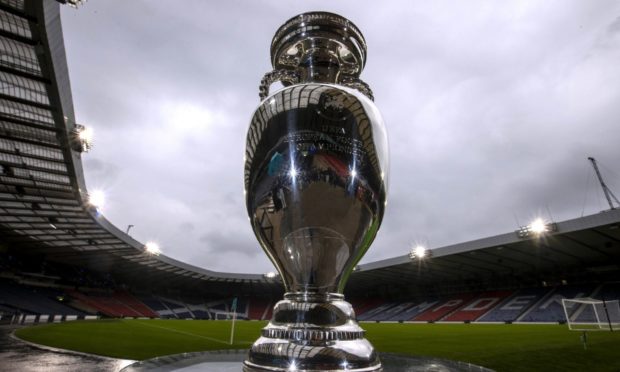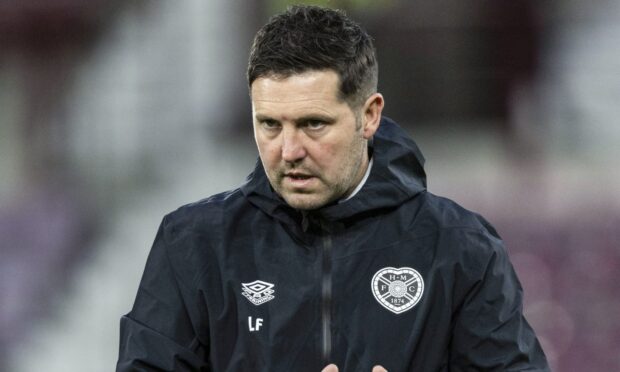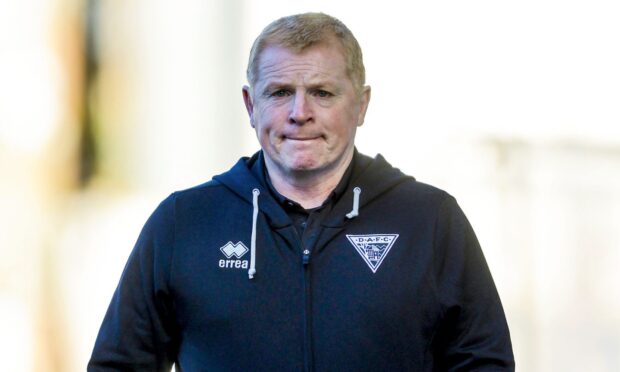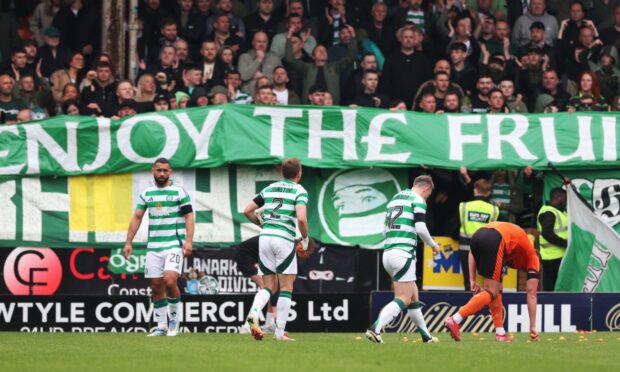This summer’s European Championships will only be the second in the expanded 24-nation format.
Not only it is now simpler to qualify for the finals than when Scotland first secured a place at the eight-team 1992 event (a good thing too), when you get there, the chances of progressing to the last-16 knock-out stage have also increased.
As well as the top two from each of the six groups going through automatically, four of the third-placed countries will also make it.
For the Scots, who have a deeply unimpressive World Cup and European Championship record of eight finals and eight failures to get out of their pool, this is the Holy Grail.
Courier Sport looks back at the 2016 Euros and the four World Cups played with 24 teams to see how many points Steve Clarke’s men are likely to need to make history and open up new horizons.
Euro 2016
This one will fill you with hope.
The benchmark was lower in France five years ago – and Northern Ireland and Portugal were the beneficiaries.
They went through with just three points and a goal difference of zero, while Turkey and Albania fell short with a goal difference of minus two.
1994 World Cup
Along with Euro 2016, this is the only like-for-like comparison in terms of format and points per game that can be made without an asterisk or two.
In America, a total of four points was the last-16 threshold.
Russia missed out with three and a goal difference of plus one.
1990 World Cup
Even with three points for a win, Scotland would still have been going home from Italy before the postcards – but only just.
The Netherlands (who had three groups draws and a goal difference of zero) would have narrowly edged out Andy Roxburgh’s men who had a goal difference of minus one, having lost to Costa Rica and Brazil but beaten Sweden in between.
1986 World Cup
Blessedly the never-ending groups were ditched for Mexico ’86 and the Euro 2020 format got its first go (albeit still with two points for a victory).
Converting the points’ totals into new money wouldn’t help fourth in their pool Scotland, who could only manage a solitary draw with Uruguay, but there would have been the satisfaction of one of the dirtiest teams to have ‘graced’ a World Cup getting knocked-out.
The Uruguayans’ two draws wouldn’t have been enough and instead Hungary would have progressed with three points.
1982 World Cup
This one is a bit of a cheat.
There were 24 nations but the format for Spain ‘82 was a double group one, with only the top two from each section in the first stage getting through to the second round.
That’s one caveat. And the other is that three points for a win was still over a decade away in international football.
Under this year’s format (with the above kept in mind) Scotland’s last game draw against the Soviet Union would have been enough to take them through on four points, with a goal difference of zero.
It would also have prevented Algeria (who won two group games) falling victim to the most notorious World Cup carve-up of all-time, the ‘Disgrace of Gijon’ when Austria and West Germany gave their best impression of non-contact football, knowing that a 1-0 win for the Germans would see both of them progress.
Conclusion
It’s far from an exact science and you can usually rely on Scotland to raise the bar in terms of bad luck when it comes to painful exits from tournament football.
But there’s a better than 50/50 chance of Scotland finally getting out of a group if they are third in Group D having won one game and kept a healthy goal difference intact.
Four points will surely remove any doubt.
Or Clarke’s men could of course do everybody a favour by beating the Czech Republic and England and making sure the calculators aren’t needed before Croatia come to Hampden Park.










